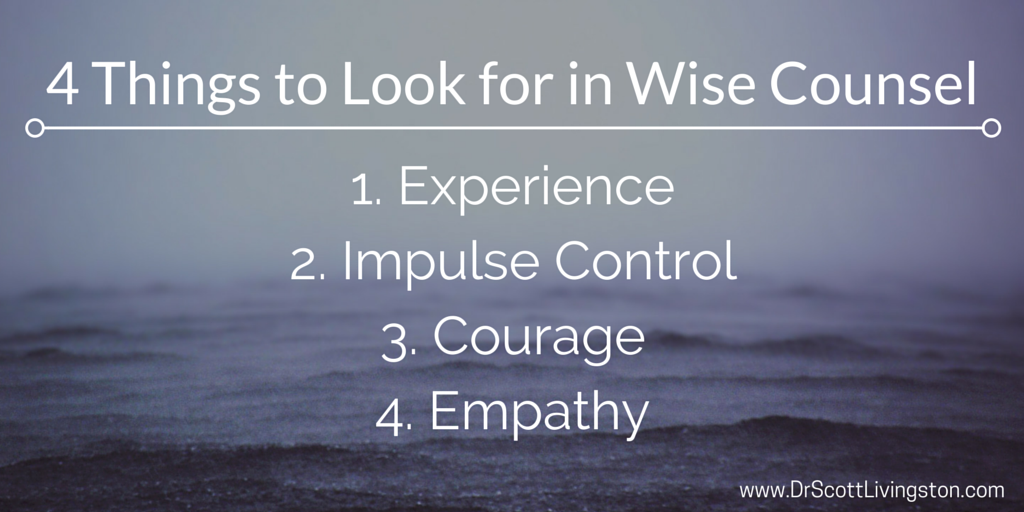Sometimes I like to dig deep into data or theory to find answers to questions I am asking. Other times simple truth is enough for me. Today is a simple truth kind of day. Today is a simple truth kind of day.
The Background
A few weeks ago, The Wall Street Journal ran an article where the author was touting the benefits of UBI (Universal Basic Income). Without getting into all the details of UBI, it is being pitched as a replacement for the welfare state that has been created in this country. If you want to learn more about UBI you can click here. I have to admit, that the idea has some interesting merit in my mind.
Rather than go deep into UBI theory, I want to focus on a “letter to the editor" that was written in response to the article.
M.R.Ward, Sr. from Garland, Texas wrote the following:
"There are three types of people: frugals, who produce more than they consume; prodigals, who by choice produce less than they consume; and the disabled, who physically can’t produce as much as they consume. A country’s success depends on fair treatment of all three groups. America today unfortunately treats prodigals the same as the disabled."
Brilliant, right? At the end of the day, you are either producing more that you take in, consuming more than you produce, or you are on the sideline for some reason. I actually think Mr. Ward is right. We are treating those, who by their own choice and volition choose not to produce, just like we treat those who can’t produce.
Where I disagree with Mr. Ward is that each needs fair treatment. I would argue that each needs to be treated justly.
The idea of fairness says everyone gets treated the same, regardless of circumstance. The idea of "everyone gets a trophy at the end of the season." The idea of justice says you get what you deserve. Our country’s entire legal system is built on justice, not fairness.
The Link To Leadership
My wife and I got to spend some time a few weeks ago in the John Muir National Forest just north of the Golden Gate Bridge. What a beautiful piece of the world! If you have not been, please put it on your bucket list.
As we were walking by some of the beautiful trees, I stopped to read one of the signs posted along the way. You can read the sign for yourself below:
Then I looked up and saw the visual of what the words were saying:
The thought then hit me! The original tree did not die. It had developed such a strong root system that it survived disaster and grew new life. From this one tree came five or six more.
The question I am asking myself is this: What do the redwoods know about survival that those of us who work in organizations are missing?
What would Mr. Ward say about this? Well, since I don’t know him personally and can't ask him, I thought I might take a guess...
“There are three types of leaders in this world. Investors, who develop others and multiply themselves. Croupier’s, who rake in everything for themselves, and the Inert, those who lead but are not worth following.”
I would argue that an organization's success is dependent on rewarding investors.
Unfortunately, in the work I do, I hear far too many stories of the croupier getting far too many accolades. These folks are very different from the inert. The croupier’s are working and getting things done. However, they tend to be selfish, credit grabbers.
In too many organizations these folks get away with extremely poor behavior in the name of performance. It sounds like this:
“Well you know that is just Neutron Bob, he destroys the people in his organization but boy can he get projects done!”
So we let Bob the Croupier get away with poor behavior. That is, until he doesn’t perform. The first quarter that Bob doesn’t hit his goals, he is shuffled out the door.
Before we get too critical of the for profit business sector, which is probably where your mind goes when a story like this is related, let me say that I see this type of behavior in ALL organizations I work with. From for profit, to nonprofit, to government. This type of leadership is even prevalent in places you think it would not exist, like in local churches and ministry organizations.
Time for a Change
Perhaps it is time that we begin looking at performance in a different way.
Perhaps in addition to performance metrics and goals, we start rewarding and encouraging those leaders who invest in and develop others.
Perhaps we start giving public recognition to those who really do care enough about the mission and vision of the organization to invest in others.
Performance is a key ingredient, no doubt. But so is the growth of young leaders for the survival of your mission.
Invest wisely.
Homework
Identify 5 leaders in your organization and really invest in them. Show them that you care by spending time with them. A very good client of mine who is an expert in training and development says 70% of an employee’s development comes from on the job training. Why not become an active part of that 70%? Help them learn, help them grow. Give them a strong root system so that when you are no longer there the organization lives on. Learn from the Redwoods!





















